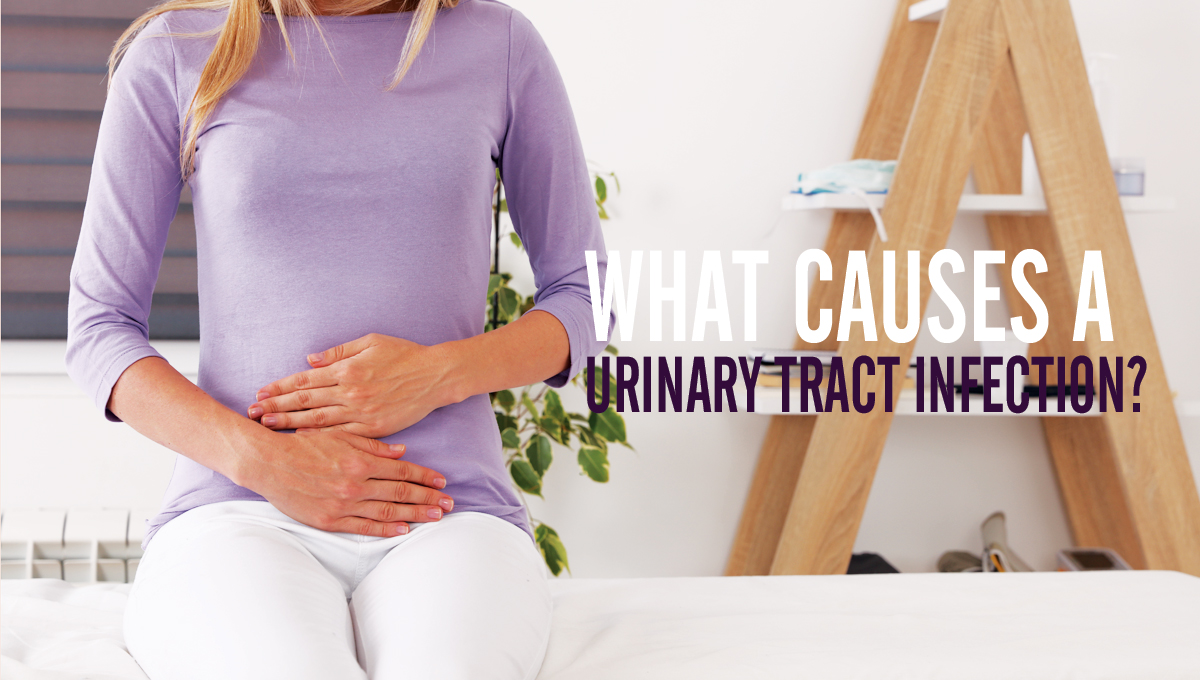 Urinary tract infections, or UTIs, can be diagnosed based on either symptoms or a urine sample test. The good news is that most urinary tract infections can be cleared up in 2 or 3 days of treatment. When the bacteria of the genitourinary tract are out of balance, there is more opportunity for micro organisms like E. coli to thrive. Here are some causes of UTIs:
Urinary tract infections, or UTIs, can be diagnosed based on either symptoms or a urine sample test. The good news is that most urinary tract infections can be cleared up in 2 or 3 days of treatment. When the bacteria of the genitourinary tract are out of balance, there is more opportunity for micro organisms like E. coli to thrive. Here are some causes of UTIs:
- Difficulty with being able to empty the bladder completely
- Bowel incontinence
- Kidney stones
- Diabetes
- Poor personal hygiene
- Some types of birth control, including spermicides
- Use of tampons
- Frequent and/or intense sexual intercourse, especially with new partners
- Pregnancy or menopause
- Having a catheter
- Long-term immobility
- Suppressed immune system
- Prolonged use of antibiotics
If you believe you have a urinary tract infection, you should see a doctor as soon as possible for treatment. While most UTIs aren’t serious, they can be very painful and they can also develop into more serious problems such as kidney infections.
Symptoms that might indicate a UTI include:
- frequent or strong urges to urinate
- cloudy, smelly or bloody urine
- burning pain when urinating
- nausea and vomiting
- muscle aches in the lower back and abdominal pains
Prevention is preferable to treatment, and these practices can reduce your risk of developing a UTI:
- Drink plentiful amounts of water and urinate frequently.
- Avoid alcohol and caffeine, as they can irritate your bladder.
- Urinate before and shortly after sex.
- After using the toilet, remember to always wipe front to back.
- Shower instead of taking baths.
- Consume cranberries. While cranberry extracts don’t actually treat UTIs, they are effective in reducing your risk of recurrent UTIs. Try cranberry extract tablets, which can be twice as effective as drinking cranberry juice.
- Regularly taking probiotics, especially after completing a course of antibiotics, may lower your risk of UTIs.
- Be vigilant about keeping the genital area clean.
- Choose cotton underwear and loose-fitting clothing.
Diagnosis and Treatment
Consult with your doctor if you develop symptoms of a urinary tract infection. Diagnosis includes assessing symptoms and following up with testing a sample of urine to analyze counts of bacteria, white blood cells and red blood cells. Since UTIs happen due to an imbalance of bacteria, the most common treatment is antibiotics or antimicrobials.
Prescription or over-the-counter pain relief meds can alleviate pain. You also can try putting a heating pad on the abdomen or back.
If you think you have a UTI, you may wish to contact St Pete Urology for a consultation. For more information, visit the St Pete Urology website or make an appointment with one of our board-certified physicians.


